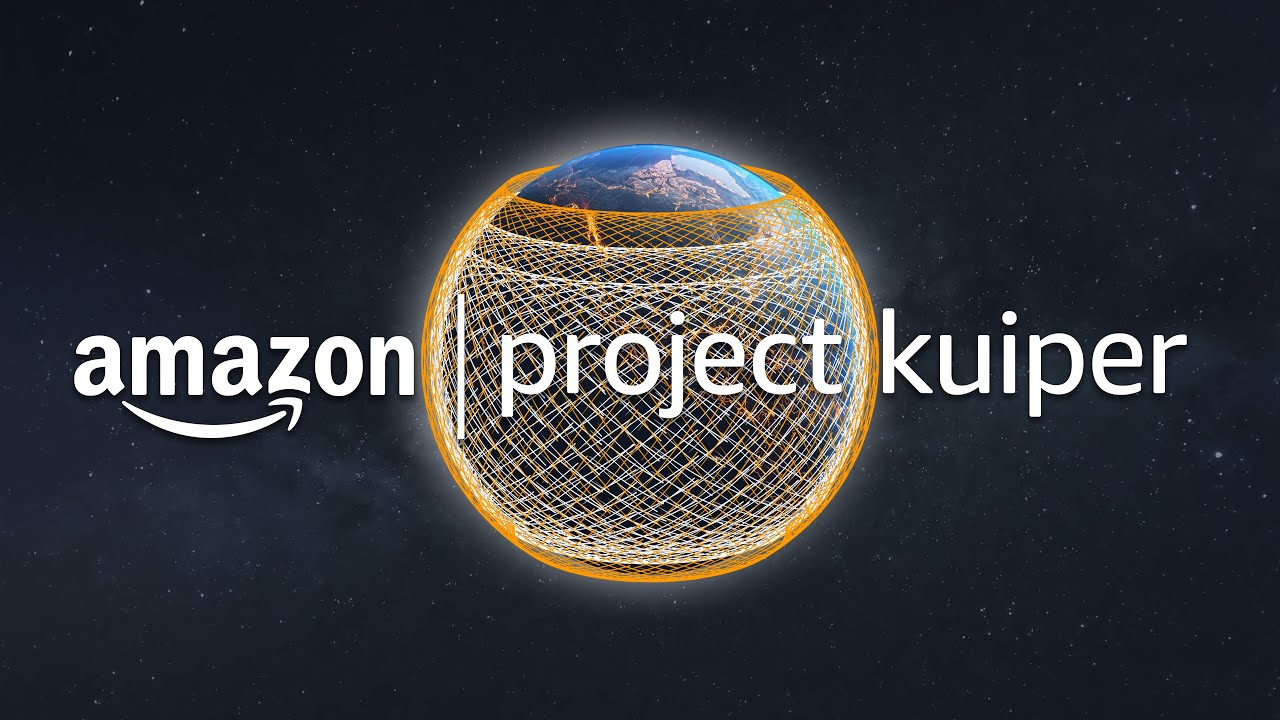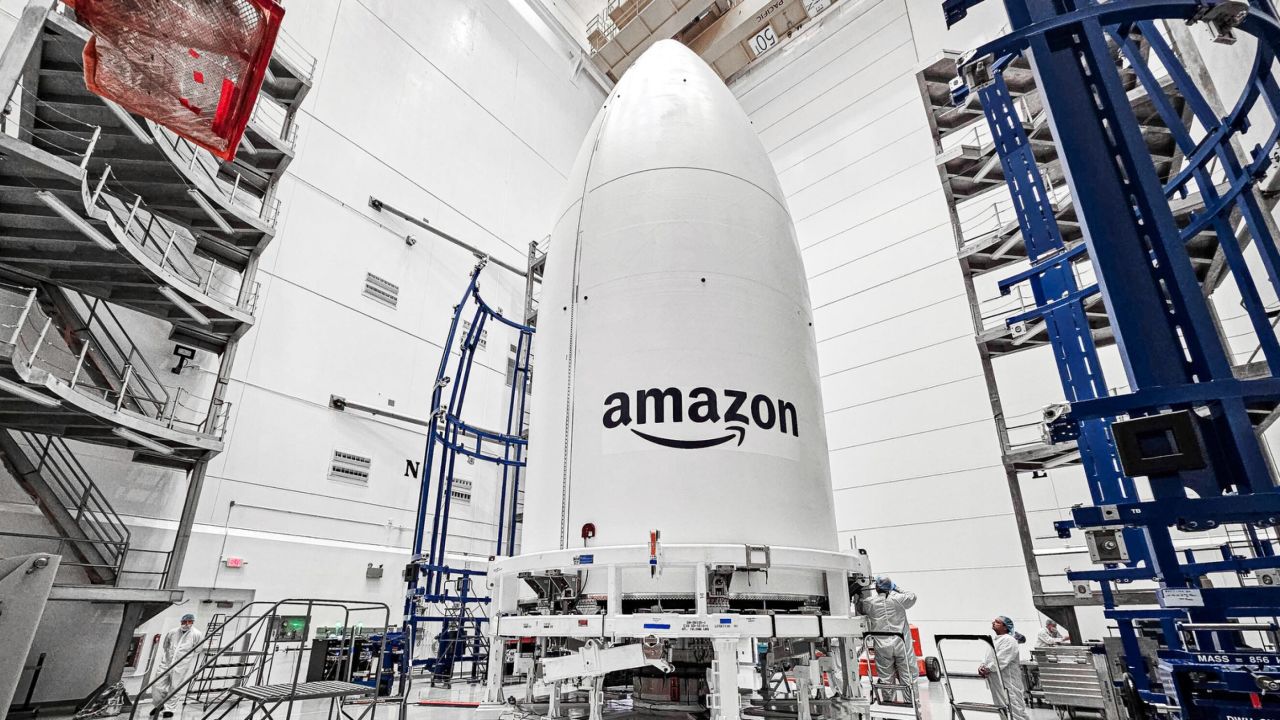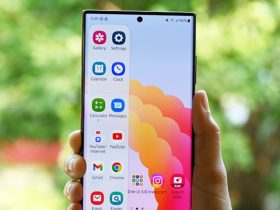Amazon revealed on Thursday that its upcoming Project Kuiper internet satellites will feature a crucial speed-enhancing technology. The company announced that it successfully tested this laser link technology during its recent Protoflight mission.
Traditionally, satellites have been restricted to transmitting data only between themselves and the ground. Laser links, however, enable satellites to communicate directly with each other.
The “optical inter-satellite links” (OISLs) on the Kuiper satellites will facilitate data transmission through space. This technology, which SpaceX introduced in later versions of its Starlink satellites, enhances both latency and network speed.
Rajeev Badyal, Amazon’s vice president of technology for Project Kuiper, explained, “With optical inter-satellite links across our satellite constellation, Project Kuiper will effectively operate as a mesh network in space.”

Amazon reported that its two Kuiper prototype satellites successfully demonstrated laser links, achieving data transfers at a rate of 100 gigabits per second (Gbps) over nearly 621 miles between the spacecraft.
Amazon noted that light travels faster in space than through glass, allowing Kuiper’s orbital laser mesh network to move data approximately 30% faster compared to the same distance over terrestrial fiber optic cables.
The company intends to incorporate laser links from the beginning in the production of its commercial Kuiper satellites, which will form a network of 3,236 satellites in low Earth orbit.
Amazon has already secured 97 rocket launches to start deploying these satellites in the first half of next year. The total investment for Project Kuiper is expected to exceed $10 billion.







Leave a Reply